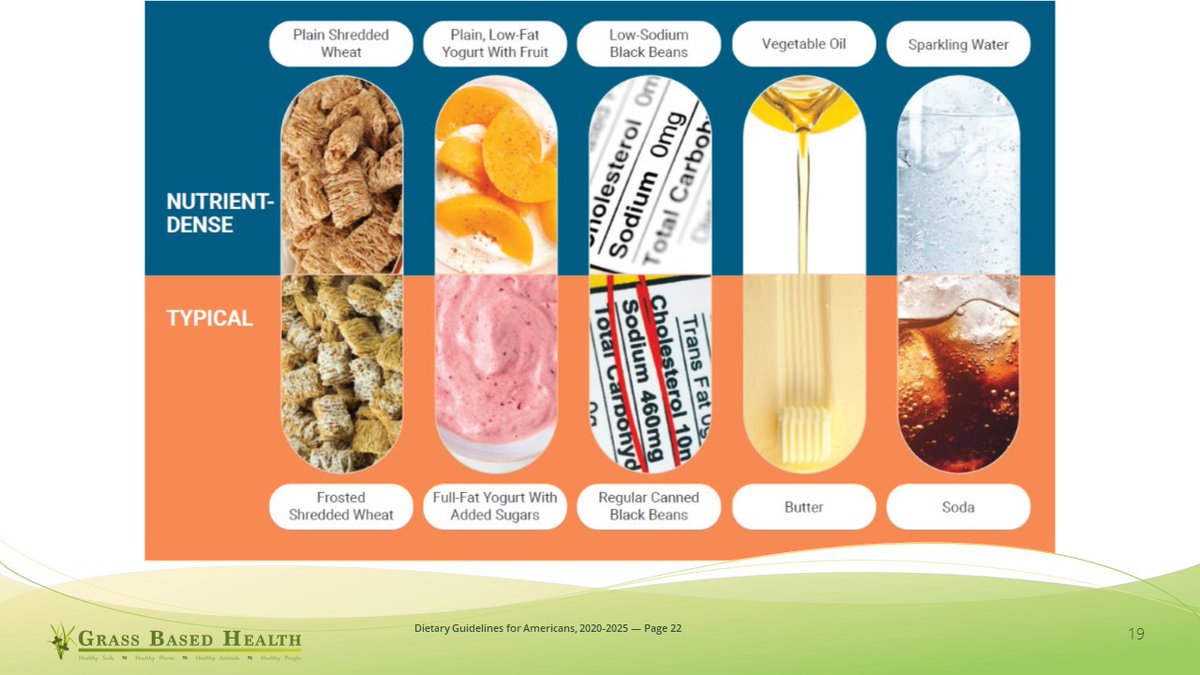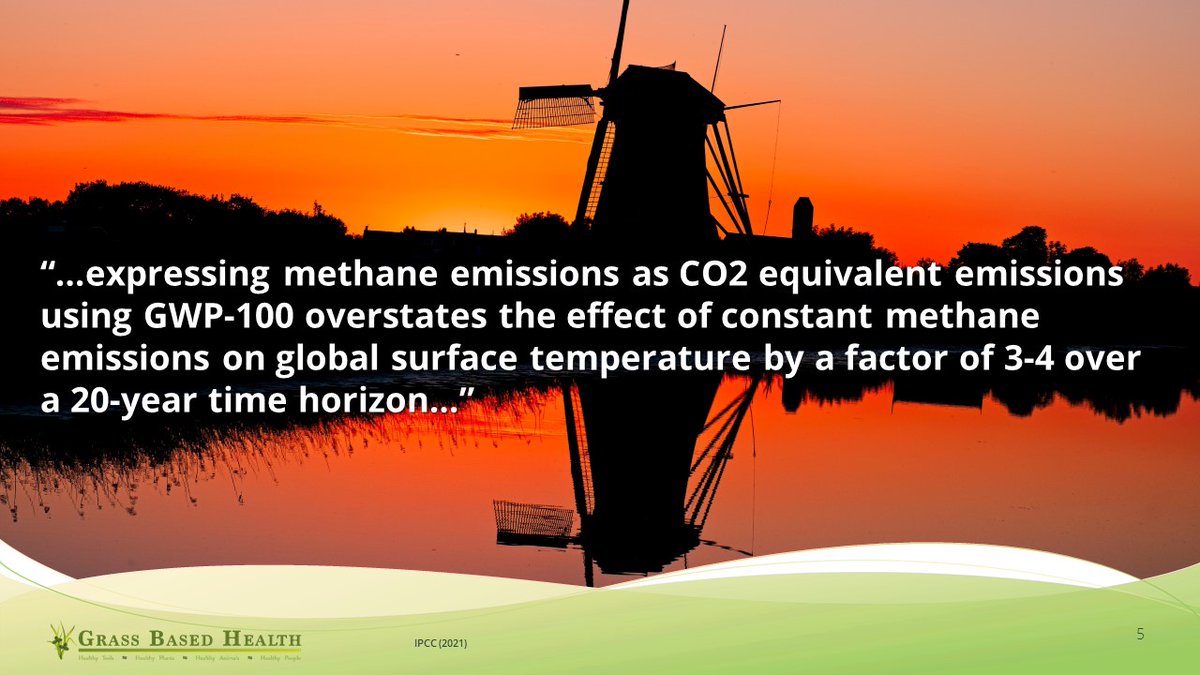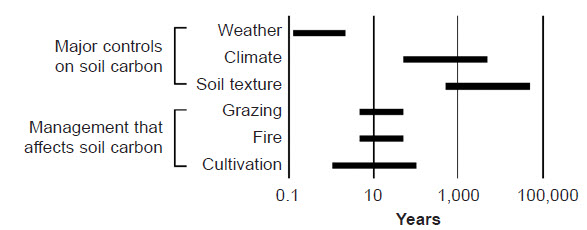
Why it's important to know what *they* mean by the phrase "nutrient dense."
The 2020-2025 Dietary Guidelines for Americans' third suggestion to "make every bite count" -
The 2020-2025 Dietary Guidelines for Americans' third suggestion to "make every bite count" -

You might think you know what they mean by "nutrient dense," but let's check. So #dairy & #meat only qualify if they're low-fat because naturally-occurring animal fats are not nutrients, per DGA. Lettuce, a vegetable, does, per DGA. Does this fit your definition? 

It gets worse!
"Plain Shredded Wheat," "Vegetable Oil," & "Sparkling Water" are nutrient dense but not butter, per DGA!!
"These folks can't be serious" you might think. Wrong. When dealing with them, insist on understanding their terms & phrases. Metrics (& language) matter.
"Plain Shredded Wheat," "Vegetable Oil," & "Sparkling Water" are nutrient dense but not butter, per DGA!!
"These folks can't be serious" you might think. Wrong. When dealing with them, insist on understanding their terms & phrases. Metrics (& language) matter.

This might be a good time to view this presentation by @KetoCarnivore's from way back in 2019 -
• • •
Missing some Tweet in this thread? You can try to
force a refresh

















